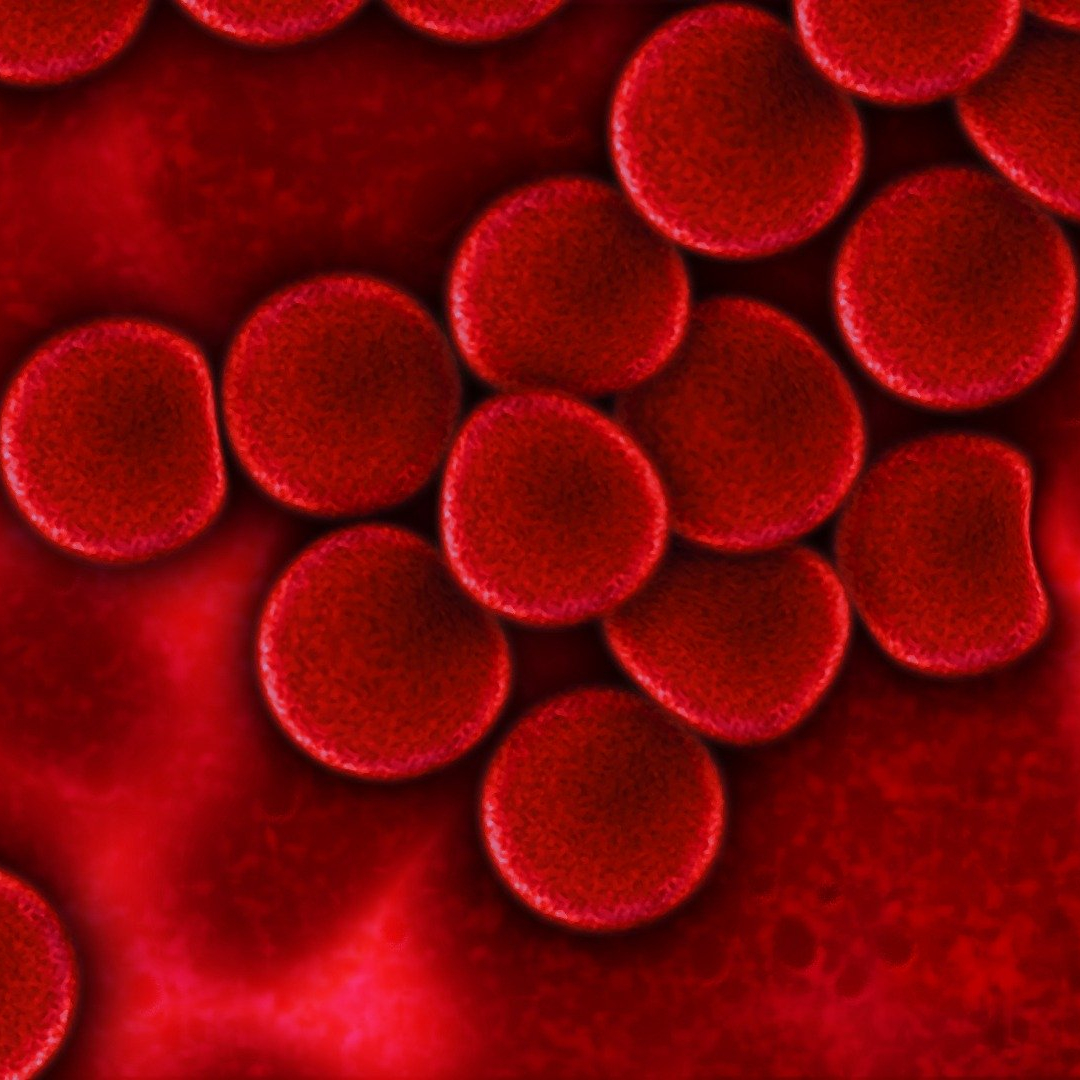
What is Caprylic Capric Triglyceride?
Share
Caprylic capric triglycerides, often found in our everyday skincare products, are an indispensable ingredient that few really understand. These molecules, derived from fatty acids, play a crucial role not only in the cosmetics industry but also in the health field, particularly in relation to problems such as high triglycerides, LDL cholesterol and cardiovascular disease.
Definition and origin of Caprylic Capric Triglyceride
Caprylic capric triglycerides, also known as medium-chain triglycerides (MCTs), are esters derived from caprylic acid (C8) and capric acid (C10). These compounds are mainly extracted from coconut or palm kernel oil, through a process of hydrolysis followed by esterification. The result is an oily, odorless, colorless substance that is highly stable and resistant to oxidation.

- Caprylic Capric Triglyceride can also be derived from biotechnology. That's what we use at VIBRE!
Biotechnology involves the use of micro-organisms, enzymes or biological processes to create or modify products, including compounds such as caprylic capric triglyceride.
Here are some biotechnological methods that can be used:
-
Microbial fermentation: Certain strains of yeast or bacteria can be genetically modified to produce medium-chain fatty acids such as caprylic and capric acid from simple substrates such as sugars. These acids can then be converted into triglycerides by esterification.
-
Use of enzymes: Specific enzymes can catalyze the triglyceride synthesis reaction from free fatty acids and glycerol. This process can be controlled to specifically produce medium-chain triglycerides.
-
Plant cell culture: Some plants naturally produce medium-chain fatty acids. Growing plant cells or tissues in the laboratory can be a method of producing these fatty acids without the need for full plant cultivation, thus reducing environmental impact.
Caprylic capric triglyceride can therefore be produced by biotechnology, offering a promising and sustainable alternative to traditional methods.
What is this ingredient used for in cosmetics?
In cosmetics, caprylic capric triglycerides are appreciated for their many properties.
- Emollient
Caprylic capric triglycerides are excellent for softening and smoothing the skin. As emollients, they help strengthen the skin barrier, reducing moisture loss and keeping skin hydrated. This makes them particularly useful in lotions, creams and balms for dry skin.
- Texturizing agent
This compound gives a sensation of softness and lightness when applied to the skin. It helps create formulations that are neither too greasy nor too thick, making it ideal for products designed to be absorbed quickly without leaving a greasy residue.
- Dispersant
Caprylic capric triglycerides can help dissolve other ingredients that are difficult to blend. This makes them useful as carrier agents for vitamins, plant extracts and other additives that benefit from even distribution in a cosmetic formula.
- Stabilizer
They contribute to the stability of formulations by preventing the separation of ingredients. This ensures uniform product consistency, from manufacturing to consumer application.
- Non-comedogenic
Unlike other oils and fats, caprylic capric triglycerides are non-comedogenic, meaning they don't clog pores. This makes them suitable for products designed for sensitive or acne-prone skin.
- Solubilizer
They can also function as solubilizers, helping to incorporate insoluble or difficult-to-solubilize substances into a solution. This is particularly useful when formulating clear or transparent products.
als for formulating creams, lotions and other beauty products.
Implications of caprylic capric triglycerides for your health
Beyond aesthetics, caprylic capric triglycerides have important health implications, notably with regard to high triglycerides, LDL cholesterol, and cardiovascular risk.
- High triglycerides
Triglycerides are a type of fat (lipid) found in the blood. When these levels become too high, it can increase the risk of cardiovascular disease. Studies have shown that moderate consumption of medium-chain triglycerides, such as caprylic capric triglycerides, can help reduce triglyceride levels in the blood. This is due to the way these triglycerides are metabolized in the body; they are directly absorbed in the digestive system and used for energy, thus reducing their storage as fat.

- LDL Cholesterol
LDL cholesterol, often referred to as "bad" cholesterol, can accumulate in artery walls, increasing the risk of cardiovascular disease. Research into the effects of MCTs on LDL cholesterol is mixed, with some studies indicating that they can help reduce LDL levels, while others suggest little or no impact. It is therefore crucial to consider the type of medium-chain triglycerides and the overall dietary context.
- Cardiovascular diseases
Cardiovascular disease, which includes heart and blood vessel disease, can be influenced by lipid intake. Caprylic capric triglycerides may play a beneficial role in modifying blood lipid composition, potentially reducing the risk factors associated with these diseases.
- Blood sampling and monitoring
To assess the impact of high triglycerides, LDL cholesterol and cardiovascular risk, doctors often recommend regular blood sampling. This enables levels of different types of cholesterol and triglycerides to be monitored, helping to assess the effectiveness of dietary interventions, including the potential use of caprylic capric triglycerides.

Conclusion
Caprylic capric triglycerides are more than just a cosmetic ingredient; they represent a fascinating intersection between beauty, nutrition and cardiovascular health. Whether used in skin creams or as part of a dietary strategy, this multifaceted ingredient deserves special attention for its effects on overall health and well-being. As research continues to evolve, it remains clear that the implications of these triglycerides go far beyond the skin's surface, profoundly affecting vital aspects of our health.
